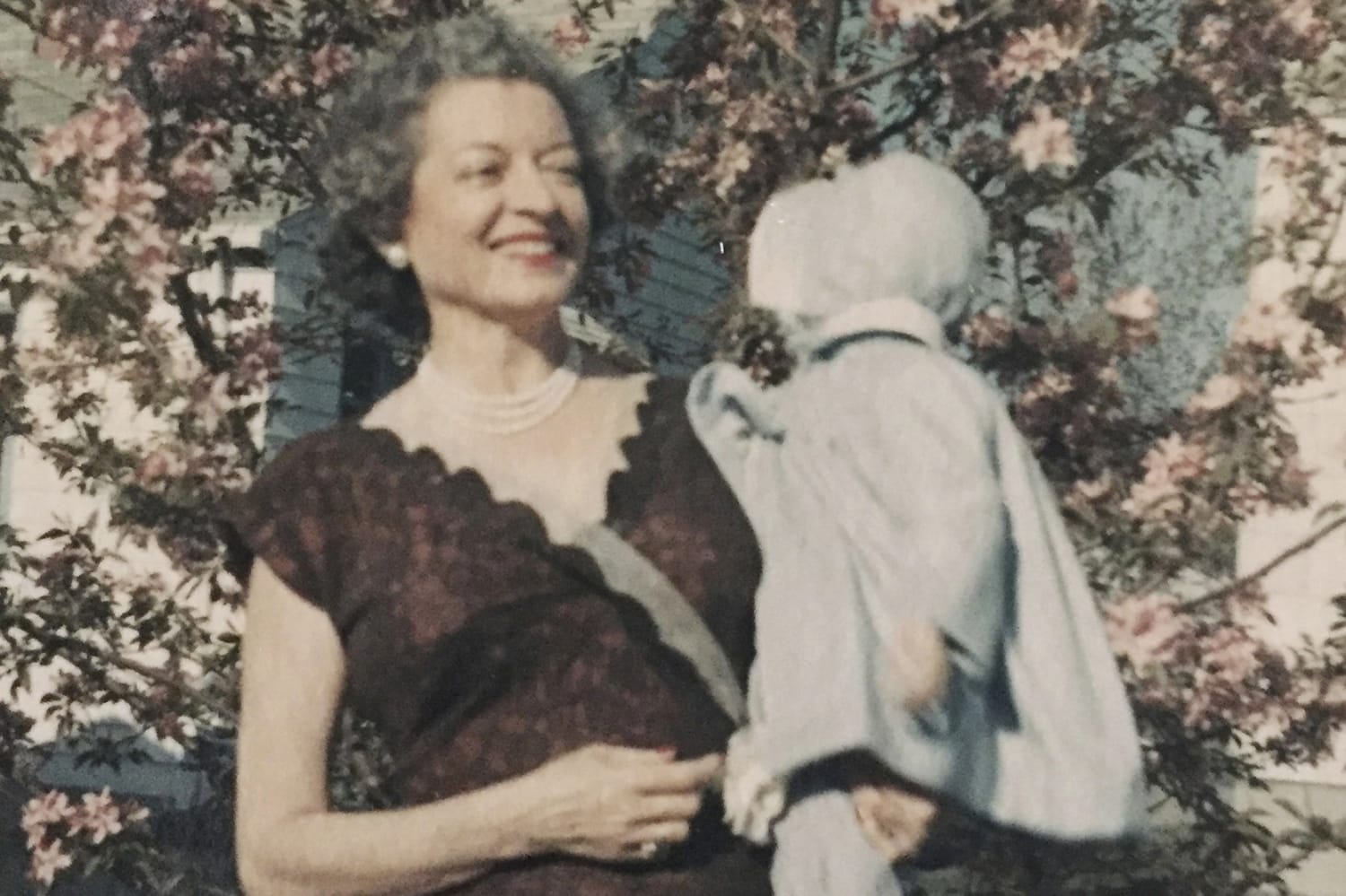
LAS VEGAS — In 1978, a bag of clothing containing the badly deteriorated remains of a woman was discovered in a remote area of northern Nevada.
The case soon went cold, and the victim remained nameless for 45 years.
But on Wednesday, the Nevada State Police announced that advances in DNA testing had finally led to an identification. She was Florence Charleston, a Cleveland, Ohio woman in her 60s who had moved to Portland, Oregon, shortly before her death.
How Charleston ended up dead and buried in a shallow grave 535 miles from her new home remains a mystery. Police said Wednesday in a news release announcing the DNA match that an investigation into her death is ongoing.
Diane Liggitt, one of the few surviving relatives from Charleston, said she was around 18 when she learned from her father that her aunt had left for the Pacific Northwest with a new boyfriend in the early 1970s. Decades passed. The family never heard from Charleston again.
Over the years, Liggitt told The Associated Press, she thought a lot about her aunt «Dolly,» a childhood nickname that stuck.
«Was he happy or not? Was she safe? Liggitt said. «All these questions she had, and it turns out she was dead.»
Charleston’s remains were found in October 1978 in the small Nevada town of Imlay, about two hours north of Reno. Inside the bag of clothing, officers with the Pershing County Sheriff’s Office, the initial lead investigating agency, also found some items of women’s clothing.
An autopsy revealed that the decomposing remains likely belonged to a middle-aged woman, but could not determine a cause of death, police said. Liggitt said her aunt would have been around 68 at the time of her death.
The case was later entered into the National Missing and Unidentified Persons System, along with a representation of what detectives thought the woman looked like at the time of her death.
According to that entry, the woman was thought to be 5-foot-5 with red or auburn hair. Investigators also thought that she might have been left-handed. Items of clothing found with her remains included a dark green sweater with a white safety pin attached to the front, dark green pants, and a long-sleeved pink sweater.
In the spring of 1979, Nevada State Police detectives were called in to help with the investigation. They tried digital facial reconstruction. They compared dental records with other missing persons and cold cases. They looked for clues in the articles of clothing thrown with the remains.
But their efforts were unsuccessful.
Then, last March, police said, they teamed up with Othram Inc., a private lab specializing in forensic genealogy analysis that has helped close countless other cold cases across the country.
In a separate news release, Othram said Wednesday that they used DNA taken from the remains «to develop a complete DNA profile for the unidentified female,» which led investigators to two of Charleston’s nieces still living in Ohio.
Liggitt said he received the news in April. She was leaving the house when her phone rang. She didn’t recognize the out-of-state phone number, but she answered it anyway.
At the other end of the line was Nevada State Police Detective Sean Koester, who had taken over the cold case in October 2022. By then, Koester said, the case had been dormant for more than 40 years. .
Koester introduced himself. He had been trying to reach her and her cousin, Donna, he said, about a 45-year-old body of human remains.
«Did you find my Aunt Dolly?» Liggitt remembered telling the detective.
Shortly after that phone call, Othram was able to link Charleston to the unidentified remains by using a DNA sample from Liggitt’s cousin.
Now at about the same age Charleston was at the time of her death, Liggitt said she hopes to live long enough to learn how and why her Aunt Dolly was killed.

